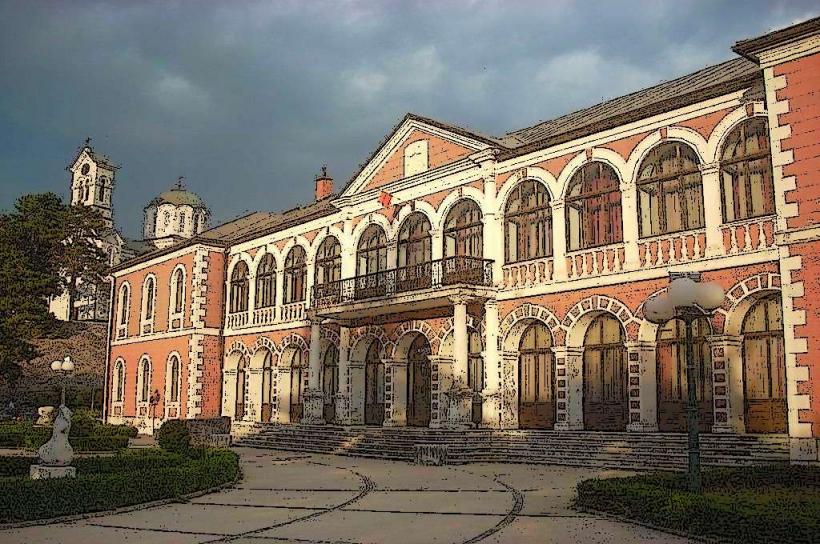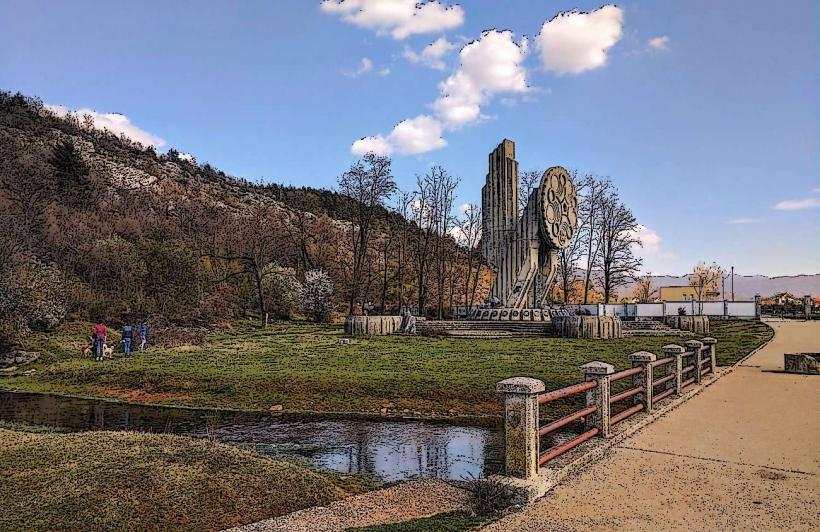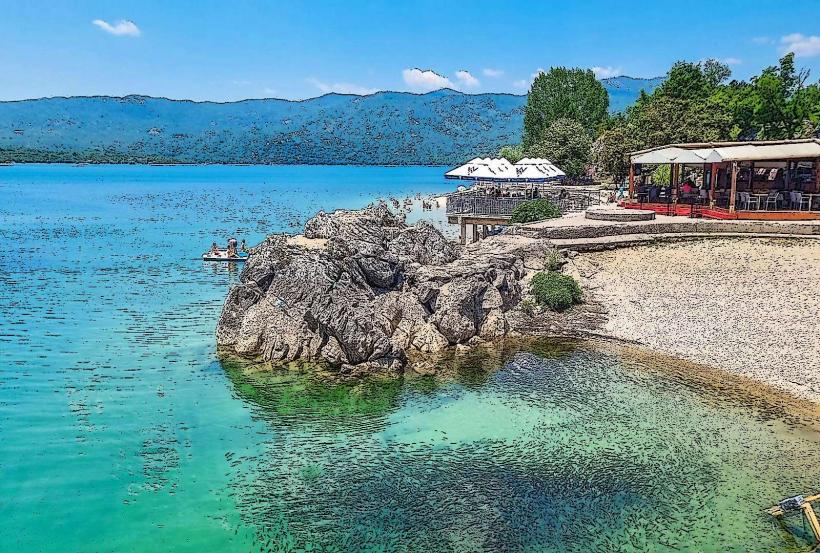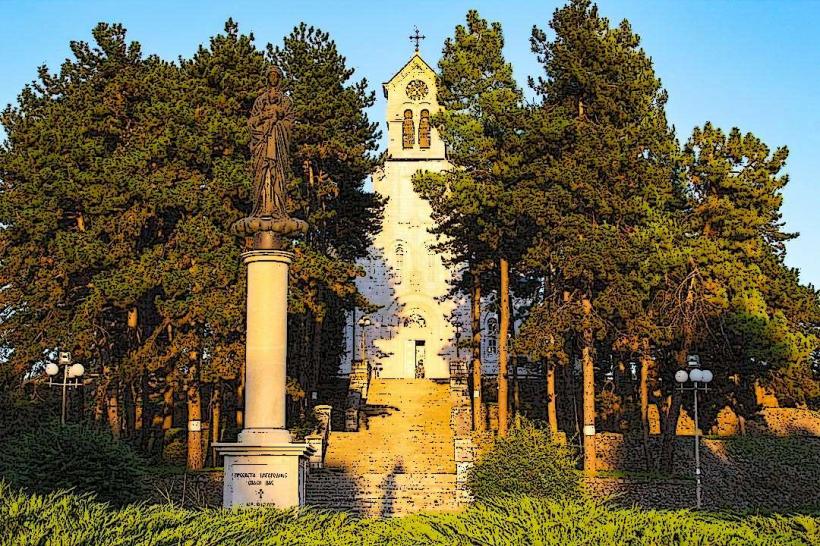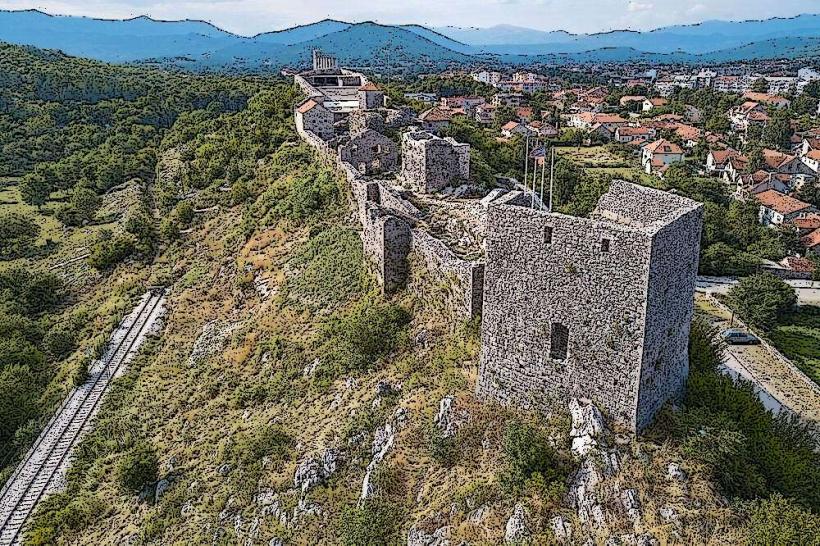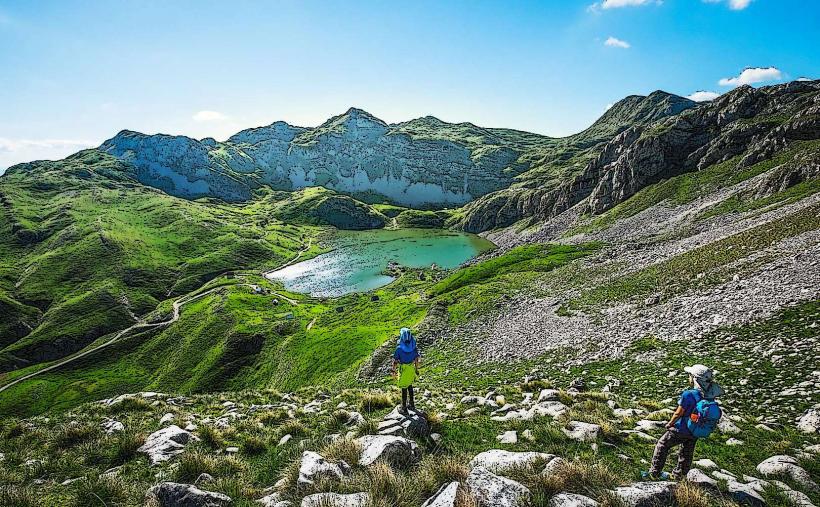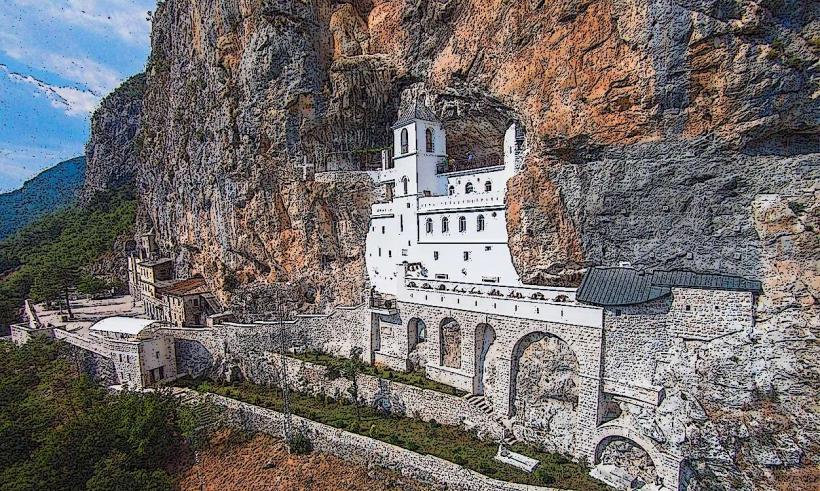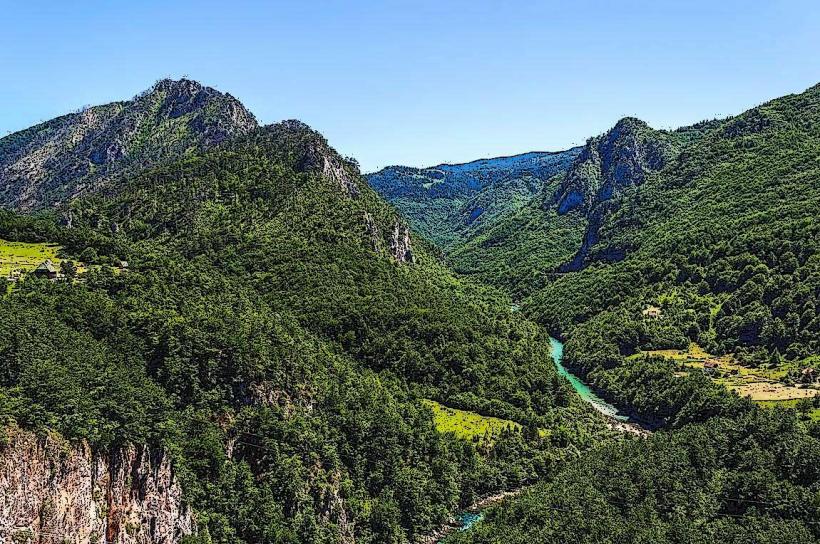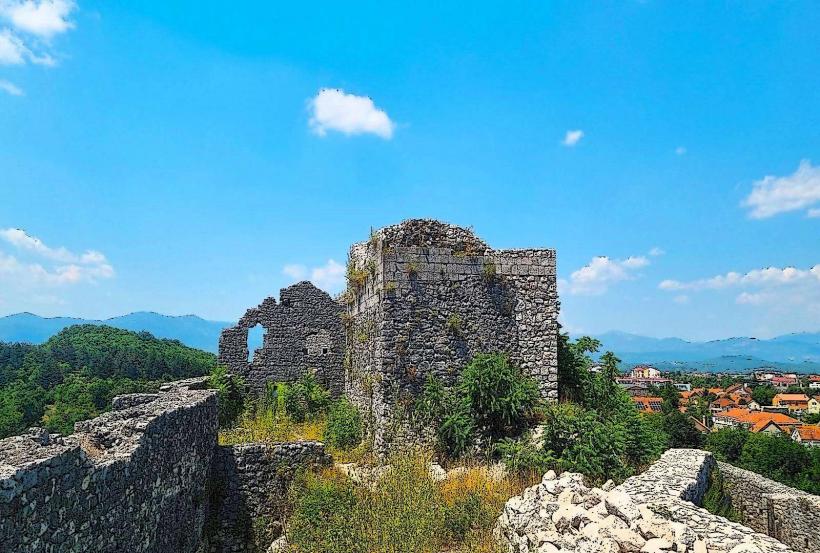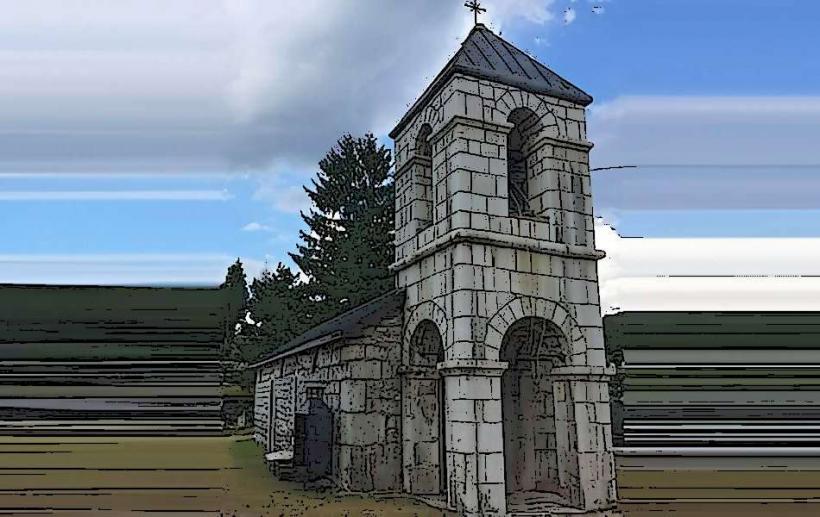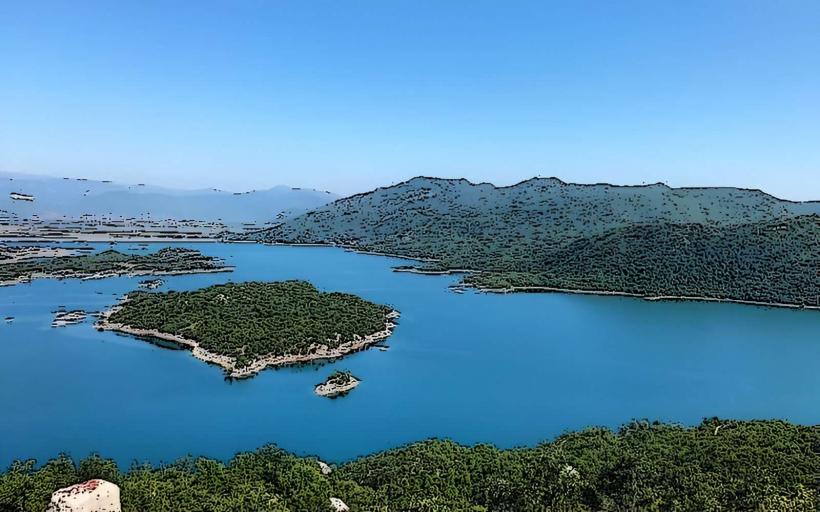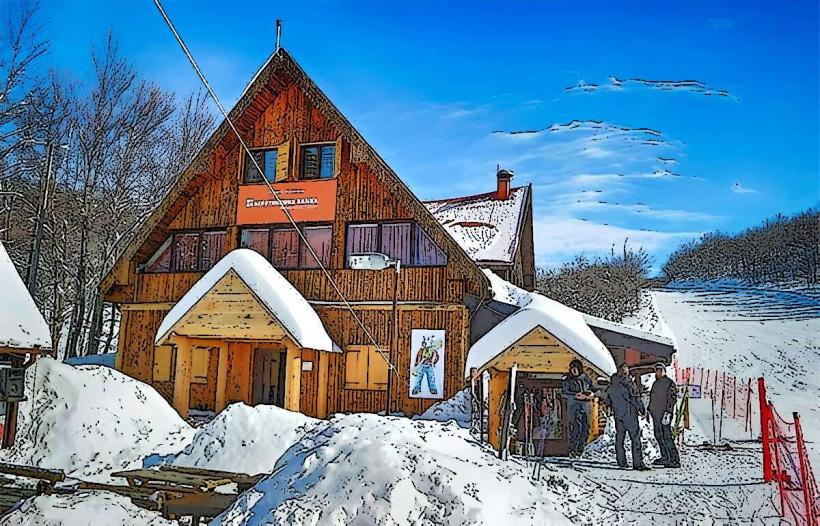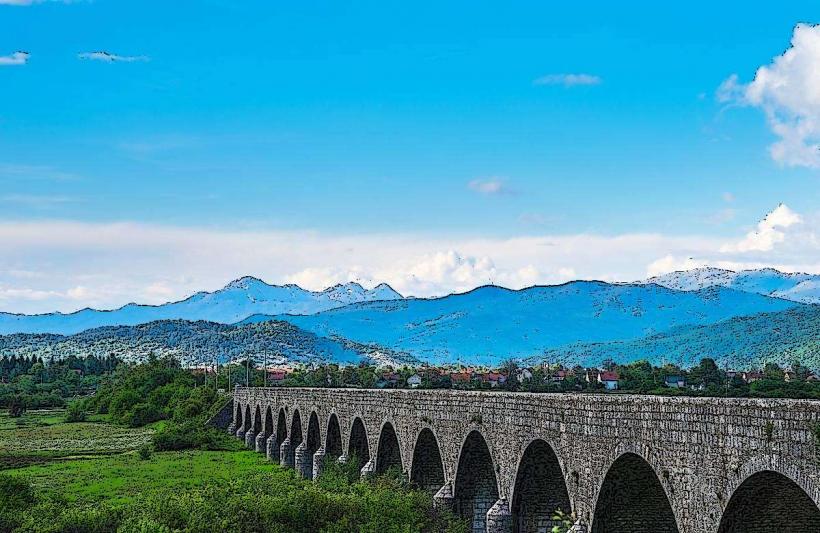Information
City: NiksicCountry: Montenegro
Continent: Europe
Nikšić is the second-largest city in Montenegro, located in the western part of the country. It is an important cultural, economic, and historical hub, with a rich history dating back to antiquity. Surrounded by mountains and lush landscapes, Nikšić offers a mix of industrial development and natural beauty, making it a unique destination for visitors and locals alike.
Geography and Climate
Nikšić is situated in the Nikšić Plain, a fertile valley surrounded by hills and mountains. The city is positioned at the confluence of several rivers, including the Zeta and Bojana rivers, and is about 50 kilometers (31 miles) from the Adriatic coast. The surrounding terrain is characterized by forests, lakes, and rugged mountains, providing ample opportunities for outdoor activities such as hiking, cycling, and fishing.
Nikšić has a continental climate, with cold winters and hot summers. Winters are typically snowy, while summers are warm and dry, making it a year-round destination for those interested in both winter sports and outdoor adventures.
History
Nikšić has a rich and diverse history, dating back to ancient times. The area has been inhabited since the Illyrian period, and evidence of this can be seen in several archaeological sites around the city. The town was known as Onogost during Roman times, and its strategic location made it an important center throughout various historical periods.
In the Middle Ages, Nikšić was a key town in the Zeta region, part of the medieval Kingdom of Duklja. During the rule of the Ottoman Empire, it became an important administrative and military center. After Montenegro gained independence, Nikšić grew rapidly during the 19th and 20th centuries, particularly as an industrial center with the development of factories and heavy industries.
Economy
Nikšić is a major industrial city in Montenegro, known for its steel production and mining industries. The city is home to the Nikšić Steelworks, one of the largest steel factories in the Balkans, which plays a significant role in the local economy. The Nikšić Brewery, producing the popular Nikšićko Pivo, is another major contributor to the city's economy.
While industry remains central to Nikšić’s economy, agriculture also plays a key role, with fertile land surrounding the city supporting the production of fruits, vegetables, and livestock. The region is also known for its wine production, particularly in the surrounding areas of Bjelopavlići.
Culture and Heritage
Nikšić is rich in cultural heritage, with a number of historical buildings, museums, and events that showcase its history and traditions. The city has been influenced by various cultures and empires, which is reflected in its architecture, art, and customs.
Key cultural highlights include:
Nikšić Cultural Center: A prominent venue for cultural events, theater productions, music performances, and art exhibitions. The center plays a vital role in promoting local artists and cultural activities.
Nikšić Museum: Located in the city center, this museum offers exhibitions on the history of the region, with artifacts from the Illyrian, Roman, and Ottoman periods, as well as more modern exhibits reflecting the development of Nikšić and Montenegro.
Church of St. Basil of Ostrog: A significant Serbian Orthodox church in Nikšić, dedicated to St. Basil of Ostrog. This church is one of the most important religious sites in the city, and it plays a central role in the spiritual life of the local population.
Monastery of the Holy Archangels: Located near Nikšić, this monastery is an important cultural and historical site, built in the 13th century. It is closely associated with the medieval kingdom of Duklja.
The city also hosts several annual festivals and events that attract visitors from around the region, celebrating everything from music and theater to local traditions and cuisine.
Landmarks and Attractions
While Nikšić may not be as famous for its historic landmarks as cities like Kotor or Podgorica, it offers a number of sites worth visiting:
**Lake Skrbuša: A large artificial lake near the city, popular for boating, fishing, and hiking. The lake is surrounded by beautiful scenery and offers a tranquil escape from the city.
Brezna Monastery: A Serbian Orthodox monastery located near Nikšić, it is an important site for the Orthodox Christian community in Montenegro.
Bjelopavlići Plain: This fertile plain, located to the south of Nikšić, is famous for its natural beauty, agricultural production, and historical significance. The plain is dotted with small villages and rural settlements, offering a glimpse into traditional Montenegrin life.
Trebjesa Hill: Overlooking the city, this hill offers stunning panoramic views of Nikšić and the surrounding landscape. It is a popular spot for hiking and outdoor activities.
Nikšić Fortress: Although not as well-preserved as some other fortifications in Montenegro, the remains of the fortress are located on a hill above the town and provide a glimpse into the city’s medieval history.
Outdoor Activities
Nikšić is a great destination for nature lovers and outdoor enthusiasts. The surrounding region offers a variety of natural attractions, from mountains and forests to lakes and rivers. Some of the popular outdoor activities include:
Hiking and trekking: There are several hiking trails in the nearby mountains, such as the Maganik and Bjelopavlići ranges, which provide excellent opportunities for exploring Montenegro’s diverse landscapes.
Cycling: Nikšić’s surroundings are ideal for cycling, with both mountain and road biking routes available.
Fishing and boating: The lakes and rivers around Nikšić, including Skrbuša Lake and the Zeta River, offer great spots for fishing and kayaking.
Winter sports: While not a major winter resort, Nikšić is close to the Bjelasica mountain range, which offers opportunities for skiing and snowboarding during the winter months.
Transportation
Nikšić is well-connected by road to other parts of Montenegro. It lies about 50 kilometers from Podgorica, the capital, and is accessible by bus, car, and taxi. The city is also connected to the coast and other major cities through the regional road network.
Nikšić does not have its own airport, but the nearby Podgorica Airport serves as the primary international gateway to the region.
Conclusion
Nikšić is a city that blends rich history, cultural heritage, industrial significance, and natural beauty. Whether you are interested in exploring the city’s historical landmarks, experiencing its vibrant cultural scene, or enjoying outdoor activities in the surrounding mountains and lakes, Nikšić offers a variety of experiences for all types of travelers. It provides a more relaxed and less touristy alternative to Montenegro's coastal destinations, making it a hidden gem for those seeking a deeper understanding of the country’s culture and lifestyle.

